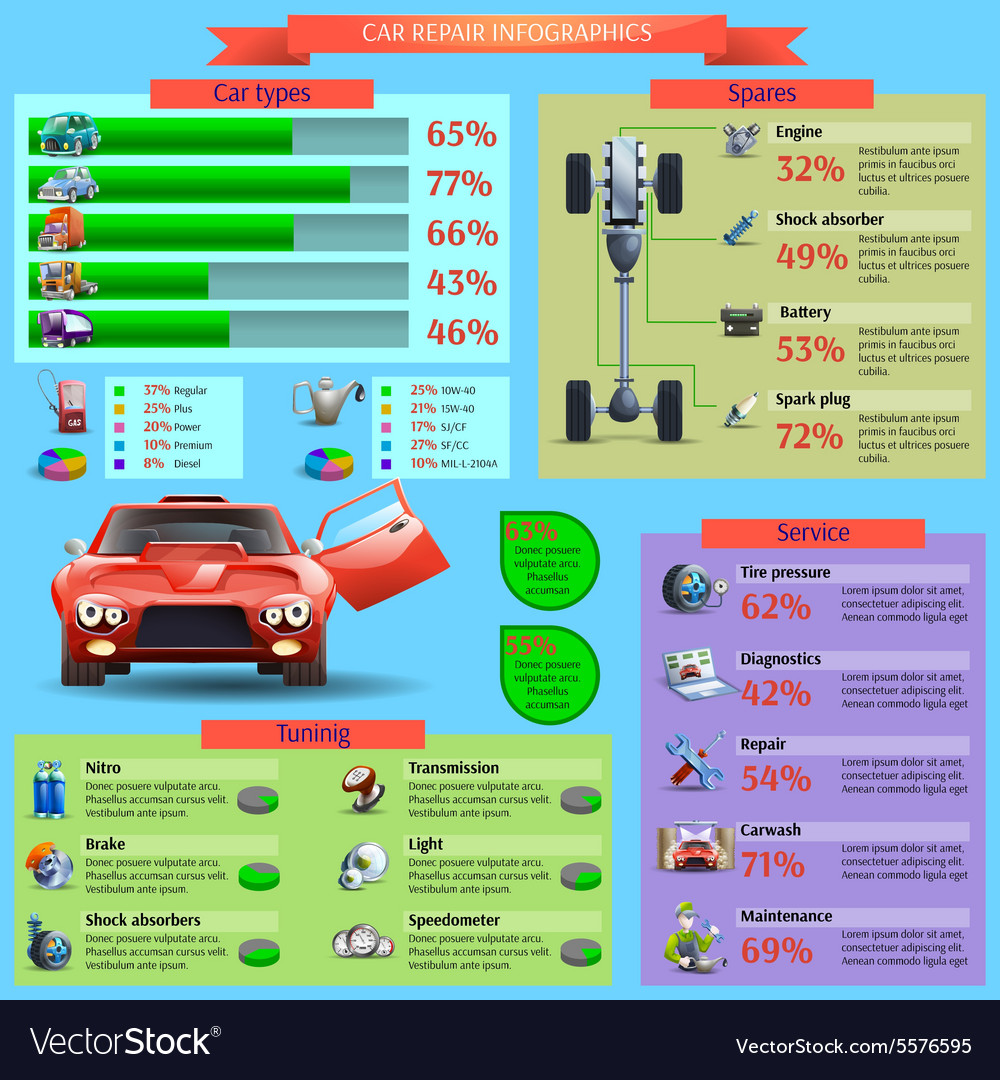Ready To Learn The Important Techniques For Tire Maintenance That Will Certainly Improve Your Safety And Security On The Road
Ready To Learn The Important Techniques For Tire Maintenance That Will Certainly Improve Your Safety And Security On The Road
Blog Article
Authored By-Dissing Bondesen
Guaranteeing your tires are in top problem is more than just a routine job-- it's a safety necessary for every single journey you embark on. From keeping proper atmospheric pressure to checking for deterioration, the health of your tires directly affects your car's performance and your health when traveling. However what are the essential steps to require to keep your tires in prime form? Let's check out the critical facets of tire maintenance that you should not overlook.
Perks of Regular Tire Upkeep
Normal tire upkeep provides a variety of benefits that can boost your driving experience and ensure your security on the road. By maintaining your tires properly pumped up, you boost gas efficiency, saving you cash at the pump.
Well-maintained scrap mechanic provide far better grip, decreasing the threat of accidents, especially during inclement weather condition. Appropriately lined up and balanced tires lead to a smoother adventure, minimizing vibrations and boosting overall lorry handling.
Routinely rotating your tires promotes also step wear, expanding their life expectancy and saving you from premature replacements. Additionally, keeping the right tire stress can prevent blowouts and apartments, decreasing the chances of unforeseen failures on the road.
Tire Examination Standards
When inspecting your tires, it's critical to take note of numerous crucial facets to guarantee they're in ideal condition for safe driving. Begin by inspecting the tire stress using a stress scale to guarantee it matches the maker's recommended degree.
Check the step deepness by positioning a penny upside down into the tread grooves; if you can see all of Lincoln's head, it's time for new tires. Try to find any type of indications of irregular wear, which might show placement problems or improper inflation.
Check for cuts, bulges, or fractures on the tire sidewalls, as these can bring about blowouts. Furthermore, check out the tire valves for damages or leaks. Bear in mind to inspect all 4 tires, consisting of the extra if applicable.
Appropriate Tire Rotation Techniques
To ensure also put on and prolong the life expectancy of your tires, it's essential to follow proper tire rotation techniques. Normal tire rotation helps distribute put on equally across all four tires, advertising longer walk life and enhancing total performance. Begin by checking system mechanic for the advised rotation pattern. Commonly, front-wheel-drive, rear-wheel-drive, and all-wheel-drive lorries have different turning patterns to make up differing wear patterns.
For the majority of cars, the recommended tire turning interval is every 6,000 to 8,000 miles, but this may differ, so it's important to consult your guidebook.
When revolving your tires, switch the front tires with the back tires, moving the left rear tire to the left front position and vice versa. Remember to also cross the rear tires to the opposite sides when relocating them to the front. Learn Additional Here yet effective rotation strategy helps make sure that all tires put on equally, maximizing their life-span and maintaining ideal efficiency.
Conclusion
See to it to focus on regular tire upkeep to maintain your automobile running efficiently and safely. By following easy assessment guidelines and correct rotation strategies, you can expand the life expectancy of your tires, boost gas effectiveness, and improve overall performance when traveling. Do not forget the value of caring for your tires - it's a small initiative that can make a big distinction in your driving experience.
